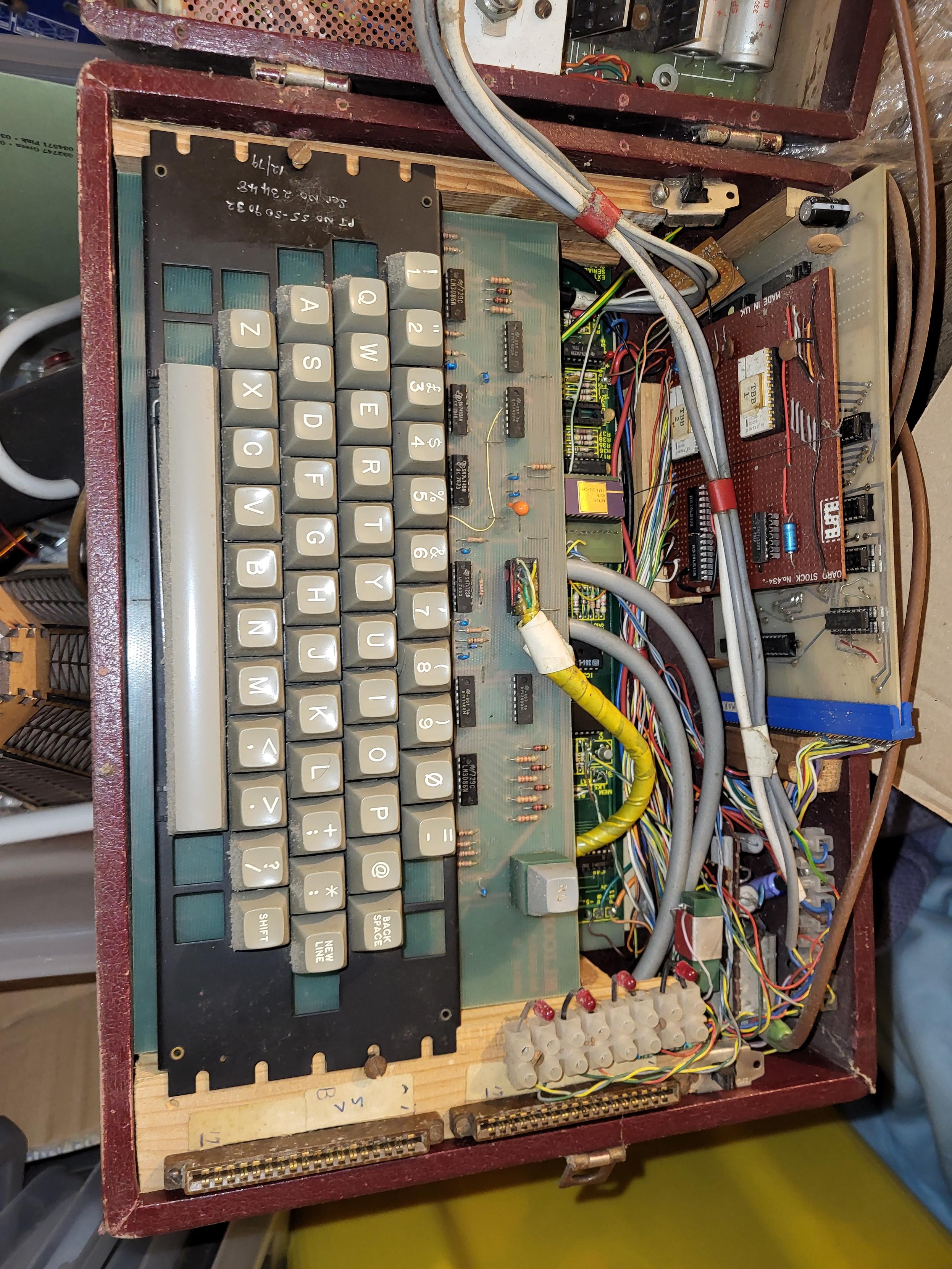@raymierussell
You've done some great work handling text! You're right that and'ing and or'ing on display memory is slow.
I have a routine that renders the text offscreen, then copies the buffer to screen using the stack very fast.
Very rough and off the top of my memory:
LD SP, <screen memory>
LD HL, <offscreen buffer>
LD BC, <byte count>
LOOP:
LD DE,(HL)
PUSH DE
INC HL
INC HL
DEC BC
JP NZ, LOOP
So you only AND and OR the head and the tail of the string on screen, and only in the cases that's needed.
Another optimisation is to keep two pointers, one for each of the two characters you have to print next, each pointer pointing to the start of the character bits in the font table. So after fetching pixel bits, you only and and or between registers, and you only EX pointers, also swapping fast.
#ZXSpectrum #Speccy #Spectrum #retrocomputing #z80


![[ImageSource: Robert van Engelen]
⁉️The full details on how TinyLisp was implemented and how to write it yourself can be found in the detailed article that’s part of the GitHub project.⁉️
<https://github.com/Robert-van-Engelen/tinylisp/blob/main/tinylisp.pdf>
👾It supports static scoping, double-precision floating point and features 21 Lisp primitives along with a garbage collector. Two versions for the Sharp PC-G850 [using BCD (i.e. NaN) boxing] are provided, along with a number of generic implementations, using either double or single precision floating point types.👾
A heavily commented version is probably the version to keep alongside the article while reading.
<https://github.com/Robert-van-Engelen/tinylisp/blob/main/src/tinylisp-commented.c>
<https://archive.org/details/pc-g850vs-manual-english-v1_1/PC-G850VSEng_V3_0>](https://nerdculture.de/system/media_attachments/files/115/548/318/581/848/032/original/91b07cf5cbdfe5e9.jpeg)
![….happily runs on the Z80-based Sharp PC-G850V(S) pocket computer with its 2.3 kB of internal RAM and native C support.
👾TinyLisp is [as the name implies] very tiny, and thus more full-featured Lisp implementations are widely available. This includes two versions — linked at the bottom of the Readme — also by [Robert] that use a gargantuan 1,000 lines of C, providing a more advanced garbage collector and dozens more Lisp primitives to handle things like exceptions, file loading, strings and debug features.👾](https://nerdculture.de/system/media_attachments/files/115/548/317/965/543/553/original/ccb6f41078c0de4b.jpeg)





